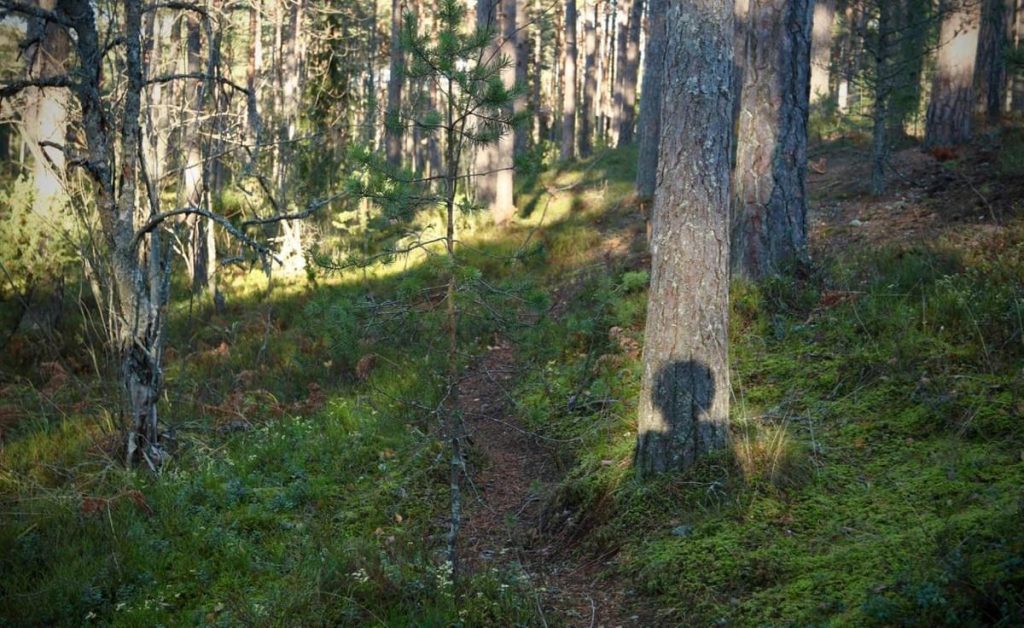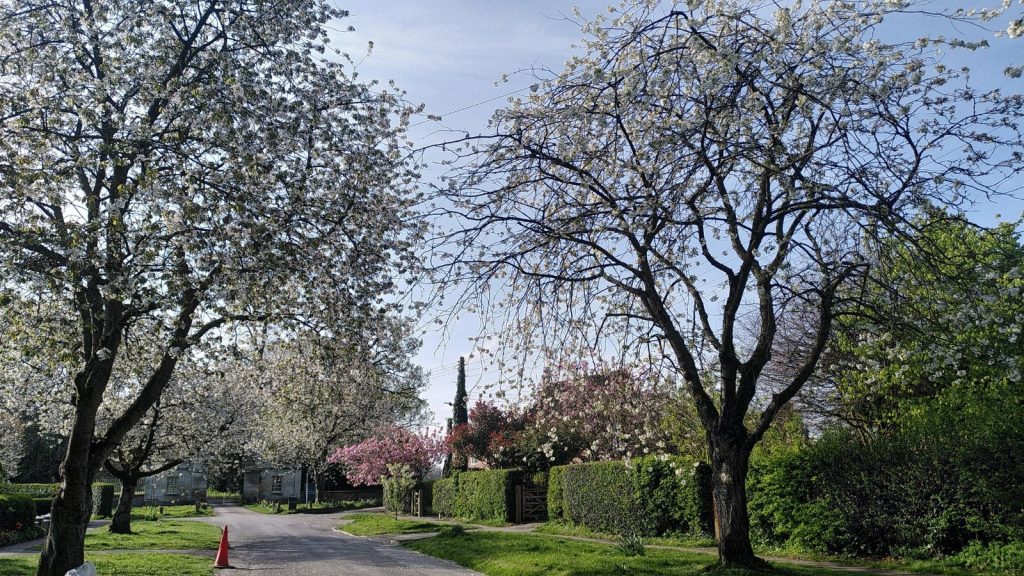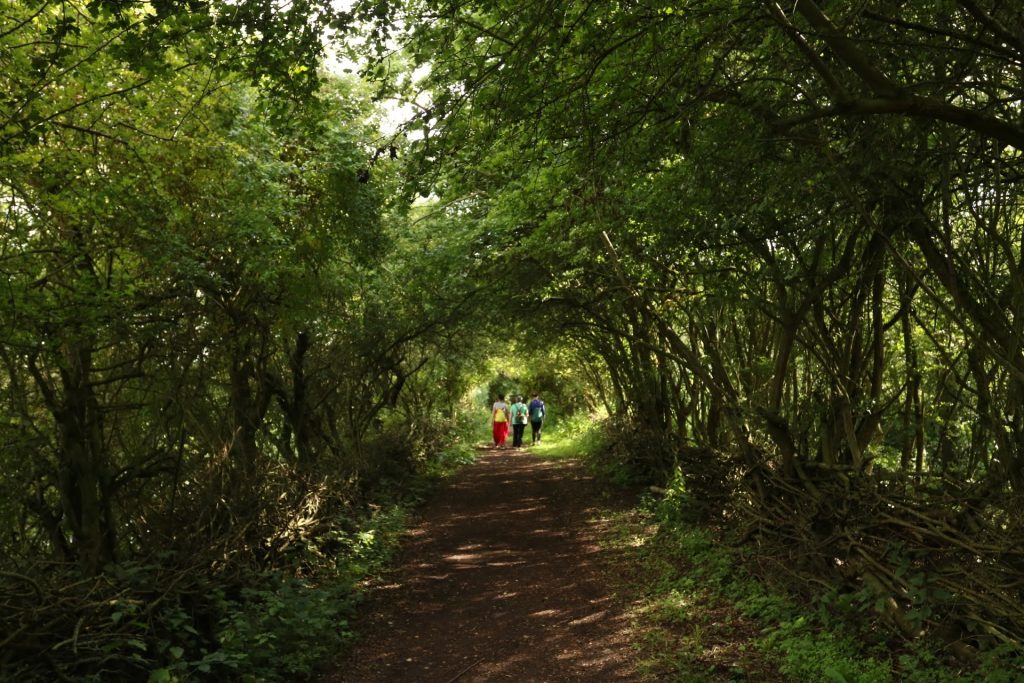Establishing your own carbon tax

It can be tough as a consumer can’t it? You’re trying to make good decisions – but it’s not always that easy.
It’s even harder in the intangible world of carbon offsetting. The market is growing but there’s a huge lack of transparency around it and it’s faced a barrage of criticism.
- Carbon offsets can do more environmental harm than good – The Conversation
- Why carbon offsetting is not the panacea Harry and Meghan might think it is – The Guardian
- Are carbon offsets a scam? – Yale Climate Connections
- Short Guide to Carbon Offsetting – Ethical Consumer
But here’s the pickle: We have to wake up to the music.
Flying at the rate the industry is growing is not in line with our urgent need to reduce overall carbon emissions.
Did you know?
- Flying contributes between 2-2.5% of CO2 emissions – and it’s growing (!)
- Flying continues to be artificially cheap because a ruling from 1944 “prohibits tax on aviation fuel for international flights.”
- If the Heathrow third runway goes ahead it would be adding the equivalent of adding Cyprus’ national emissions to the UK’s total
- Other regional airports are also looking to expand, including Bristol, and Birmingham (in response to the planned HS2 railway!)
- The aviation industry wasn’t included in the Paris agreement – when 195 nations came together in December 2015 to curb global emissions (neither was shipping!) FACEPALM
Oh it’s a mess – but one thing is clear, we all need to fly less.
But it also needs to fair. And flying is not evenly distributed in the UK.
Did you know?
- Britain is a nation of flyers. We travelled abroad more than any other nationality last year, including Americans – that’s 126 million of us, approximately 1 in 12 travellers
- But crucially – 15% of us take up 70% of the international flights (UK residents from the UK airports – Source: 2014 data from NEF)

If you’re reading this far, I will make an assumption that you’ve heard of carbon offsetting before, want to do something about it AND have some spare change to offset the flights you have determined are important to take. What you’re looking for is some clarity over how to go about it.
You are not alone: here’s a recent Guardian article from John Vidal in the same situation as you: https://www.theguardian.com/travel/2019/aug/02/offsetting-carbon-emissions-how-to-travel-options
‘It has proved a minefield’ – John Vidal
So here’s one idea that cuts through the sooty lack of transparency; establish your own carbon tax. Pay your dues to a project that a) is tackling the carbon emissions + b) resonates with you and your values.
Benefits of establishing your own carbon tax
Ahead of the curve – it is highly probable that some form of personal carbon allowance may well be one way of curbing our emissions (ideally as part of systemic changes and huge reductions from industry to accompany it) – so why not get used to the idea now.
Model the climate negotiations – part of what makes the UNFCCC Paris Agreement potentially really powerful was the ratcheting up of commitments and emission reductions year on year. With your own personal carbon tax you decide what your ratcheting is. Perhaps a 10% annual increase for every tonne of carbon emitted?
Avoid decision fatigue – The voluntary carbon offset market has grown 140 times from 2008 to 2018 – while many of these are non-profits, corporates have been quick to jump on the bandwagon as well. Make one choice, make it well, then review it every few years.
Avoid the race to the bottom – you’re not looking for the cheapest rate of carbon / tonne – if it’s a tax you’re willing to pay you are prepared to pay your dues and invest a sum of money that will have impact.
Keep it relatively simple and stick to it – set your tax rate, your annual increase and determine your recipient once. And stick to it, review it every few years but don’t be burdened by your carbon tax.
Stay focused on what’s most important – cutting your emissions. The aim is to cut your emissions overall, not (as has been much of the criticism landed at carbon offsetting) a jail out of free card so you can keep flying or increase your flying.
Scope to grow – at first you might just want to tax your flying but as you get more comfortable with calculating your carbon you may well choose to also include other areas of your life, like your car or household carbon emissions.
Know where your money goes – what’s great about a tax you choose to pay and control is that you know where your money goes. You can develop an emotional connection and get invested in how that project grows. It’s got to be a head and heart decision (IMO) because that’s where we can engage real behaviour change. And your donor project still benefits as you curb your flying because you are ratcheting your amount up every year! Win-win.
If you like the sound of your own carbon tax – read on for more practical steps.
Steps to establishing your own carbon tax
What you need
- Approximately 1 hour of your time
- Access to your recent flights
- Pen and paper/spreadsheet
- Your values
1. Calculating your carbon emissions
There are a range of free calculators out there.
- https://www.carbonfootprint.com/calculator.aspx (embedded below)
- https://climatecare.org/calculator/
- https://co2.myclimate.org/en/flight_calculators/new
Remember; it’s not going to be perfect, these are an estimation
2. Picking your tax rate
Cost/carbon tonne emitted varies greatly on project to project – but this is your tax so you decide. What is stretching for you but still affordable?
Some benchmarks to consider:
- Climate Care suggests £7.50/tonne
- What does your nation pay?
Britain currently pays $25/ Carbon tonne
Take a look at the New York Time’s interactive map: https://www.nytimes.com/interactive/2019/04/02/climate/pricing-carbon-emissions.html
-
Current trading price for carbon in the EUA: https://sandbag.org.uk/carbon-price-viewer/
2.1. – Decide how much you want to ratchet up your tax year on year
3. Picking your recipient
It’s your tax, so ultimately it’s up to you.
If you’re looking for more guidance, focus on either supporting alternative energy or carbon sequestration (i.e. projects that suck carbon out of the air) because these two areas address the main problem with flying: extracting fossil fuels that emit CO2 to provide you with enough energy to get you to your destination.
You may like to consider whether it’s a project that works directly or indirectly on these issues, for example; a project that plants trees vs a project that supports those already protecting trees such as indigenous peoples and local communities.
What resonates with you?
Carbon Sequestration
Importantly – make it a project that appeals to you. Perhaps it’s local to your home town? Or a country you fell in love with while you’re travelling? Maybe you’re very passionate about education?
Remember, that it is unlikely that your choice will be perfect. But what’s important, is that you made a choice, one that’s right for you.
Inaction is also a choice.
A real example
My values: connection AND making a difference
Year 1
Total estimate of carbon tonnes emitted through 12 months of flying: 7.48
Tax rate for year 1: £35/tonne
Total carbon tax for 2017: £260
Recipient: Cool Earth
Year 2
Total estimate of carbon tonnes emitted through 12 months of flying: 2.06
Tax rate for year 1: £50/tonne (42% increase on year 1: set high due to large decrease in emissions)
Total carbon tax for 2017: £100
Recipient: Cool Earth
Year 3
Total estimate of carbon tonnes emitted through 12 months of flying: 1.96 – rounded up to 2
Tax rate for year 1: £55/tonne (10% increase on year 2)
Total carbon tax for 2017: £110
Recipient: Trees For Life – working on new information and opting for a local organisation I would like to get more involved with
So now, it’s over to you.
If you do decide to start paying your own carbon tax, let me know and let’s share experiences.
Find out more
- A Short Guide to Carbon Offsets – Ethical Consumer
- A Free Ride – campaigning for a fair flight tax: http://afreeride.org/
- Fancy challenging yourself to going flight free in 2020 – join more than 3000 of us from the UK who have already made the commitment: https://www.flightfree.co.uk/
- Hear from more pledgers in a recent article in The Independent (I was also one of the interviewees): https://www.independent.co.uk/independentminds/long-reads/flight-free-shame-give-up-stop-flying-carbon-footprint-climate-2020-a9044906.html
- Climate Change Cause Area Report – Founders Pledge: https://founderspledge.com/research/fp-climate-change
- FLYING LESS: REDUCING ACADEMIA’S CARBON FOOTPRINT: https://academicflyingblog.wordpress.com/
- Sustainababble podcast on the topic of flying:






